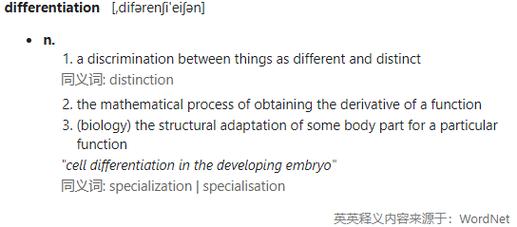
Difference Between Race and Ethnicity
Understanding the distinction between race and ethnicity is crucial in today’s diverse world. While both terms refer to groups of people, they have distinct meanings and implications. Let’s delve into the details to clarify the differences between race and ethnicity.
Defining Race
Race is a social construct that categorizes people based on physical characteristics such as skin color, hair texture, and facial features. Historically, race has been used to establish social hierarchies and justify discrimination. However, it’s important to note that race is not a scientifically valid concept. According to the American Anthropological Association, race is not a biological reality but rather a social and cultural construct.
Here’s a breakdown of the key aspects of race:
| Aspect | Description |
|---|---|
| Physical Characteristics | Based on visible traits like skin color, hair texture, and facial features. |
| Social Construct | Not a biological reality but a social and cultural categorization. |
| Historical Context | Used to establish social hierarchies and justify discrimination. |
Understanding Ethnicity
Unlike race, ethnicity is a more fluid concept that encompasses a group’s cultural heritage, including language, religion, customs, and traditions. Ethnicity is often based on shared ancestry, but it can also be influenced by personal choice and identification. Unlike race, ethnicity is not solely determined by physical characteristics.
Here are the main aspects of ethnicity:
| Aspect | Description |
|---|---|
| Cultural Heritage | Includes language, religion, customs, and traditions. |
| Shared Ancestry | Based on common ancestors, but not always a strict requirement. |
| Personal Identification | Can be influenced by personal choice and self-identification. |
Key Differences Between Race and Ethnicity
Now that we have a clearer understanding of both race and ethnicity, let’s explore the key differences between the two:

- Physical vs. Cultural: Race is primarily based on physical characteristics, while ethnicity is based on cultural heritage.
- Fixed vs. Fluid: Race is often seen as a fixed category, while ethnicity can be more fluid and subject to personal identification.
- Scientific Validity: Race is not a scientifically valid concept, while ethnicity can have a more tangible basis in shared cultural practices.
- Social Implications: Race has historically been used to justify discrimination and establish social hierarchies, while ethnicity is more about cultural identity and heritage.
Examples of Race and Ethnicity
Let’s look at some examples to illustrate the differences between race and ethnicity:
- Race: A person of African descent may be categorized as Black or African American based on their physical characteristics.
- Ethnicity: A person of Mexican descent may identify as Mexican American, reflecting their cultural heritage and shared ancestry.
Conclusion
Understanding the difference between race and ethnicity is essential for fostering inclusivity and combating discrimination. By recognizing that race is a social construct and ethnicity is a more nuanced concept, we can appreciate the diversity of human experiences and work towards a more equitable society.



